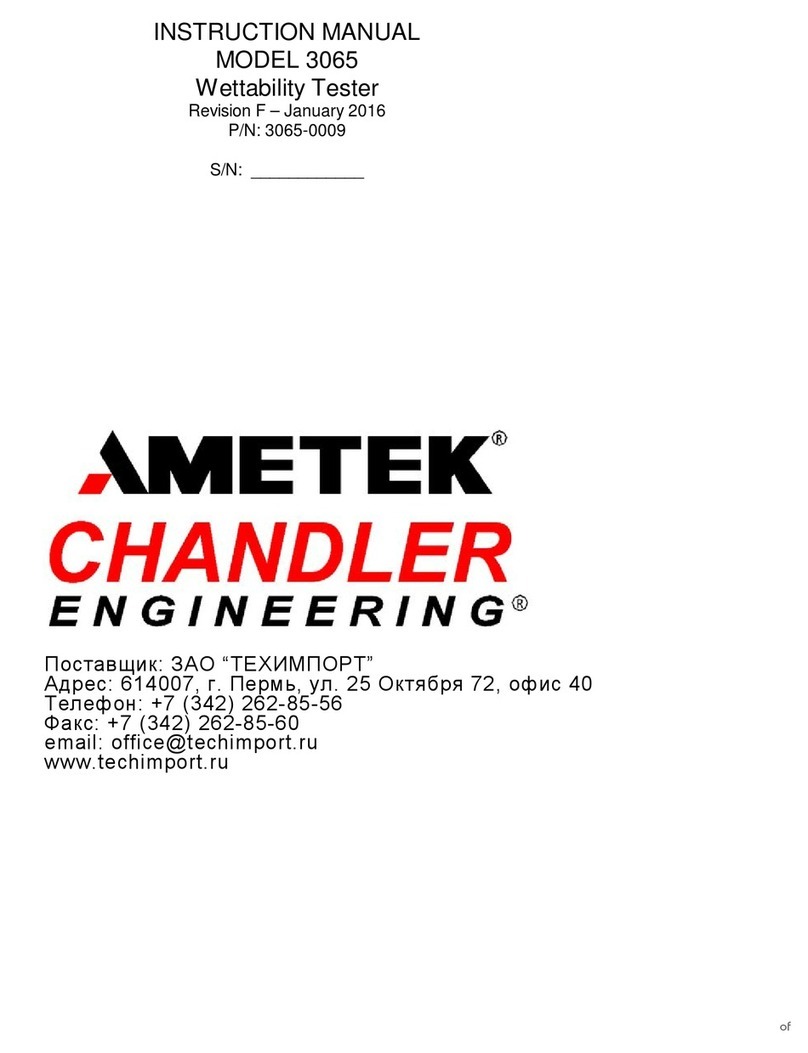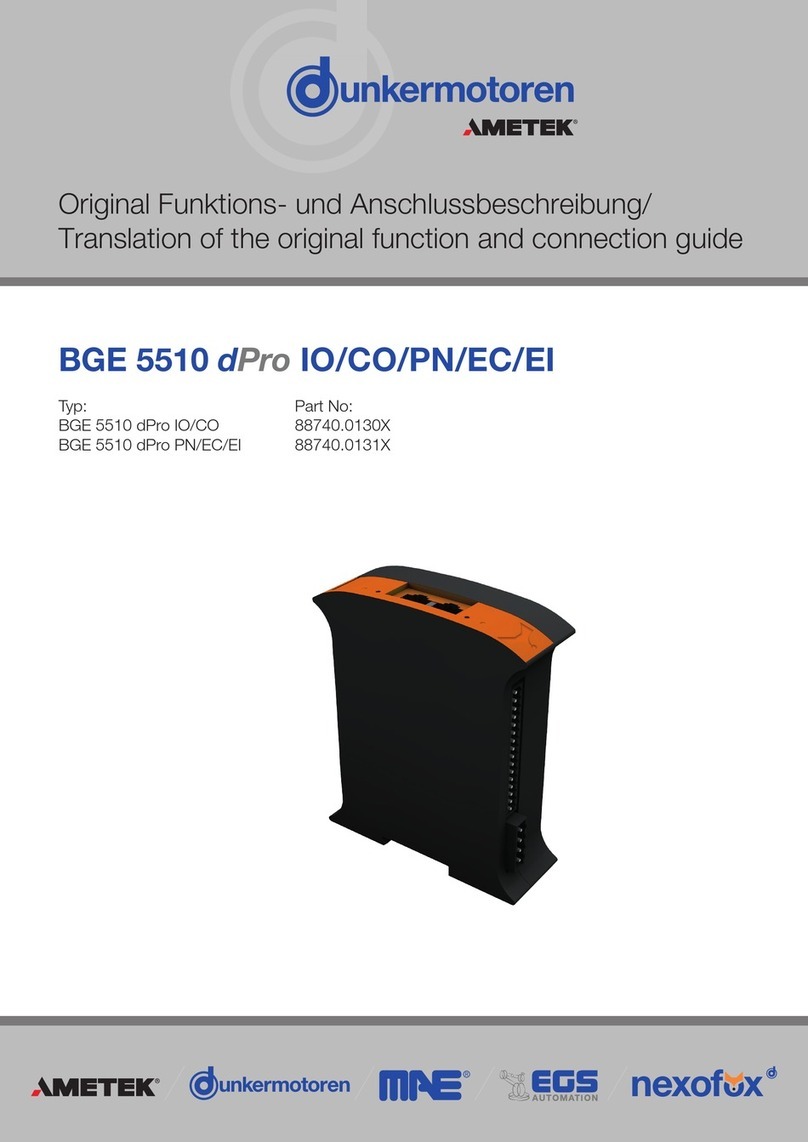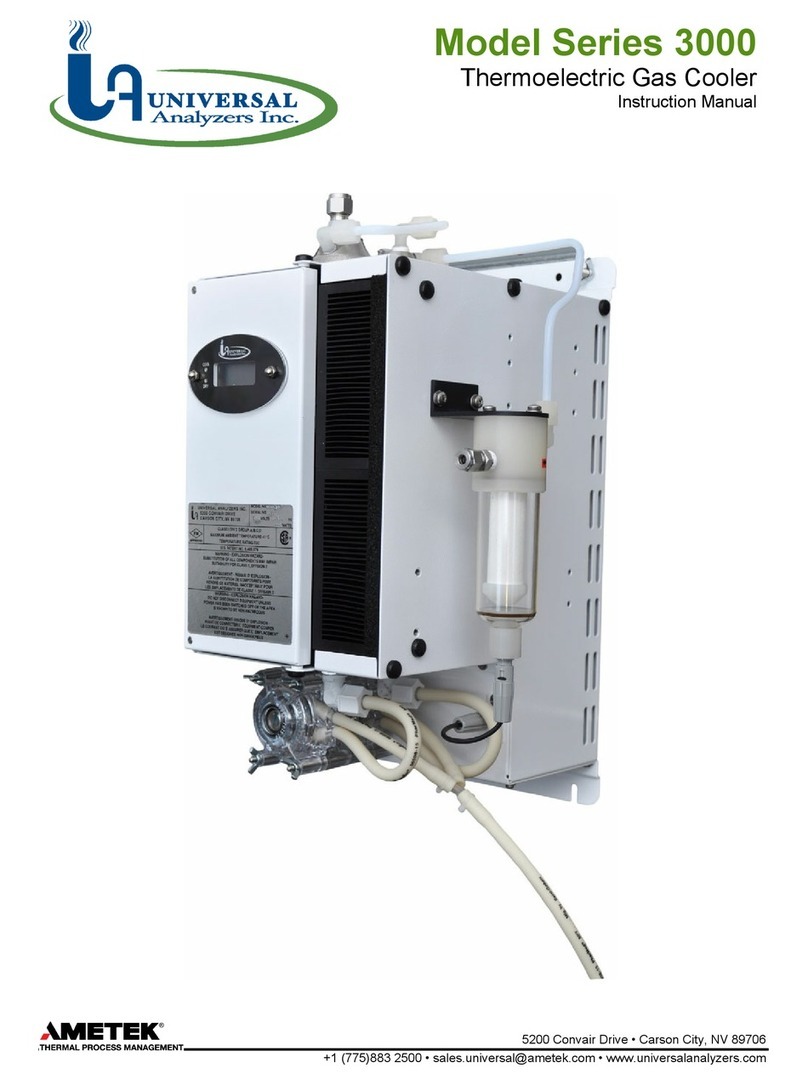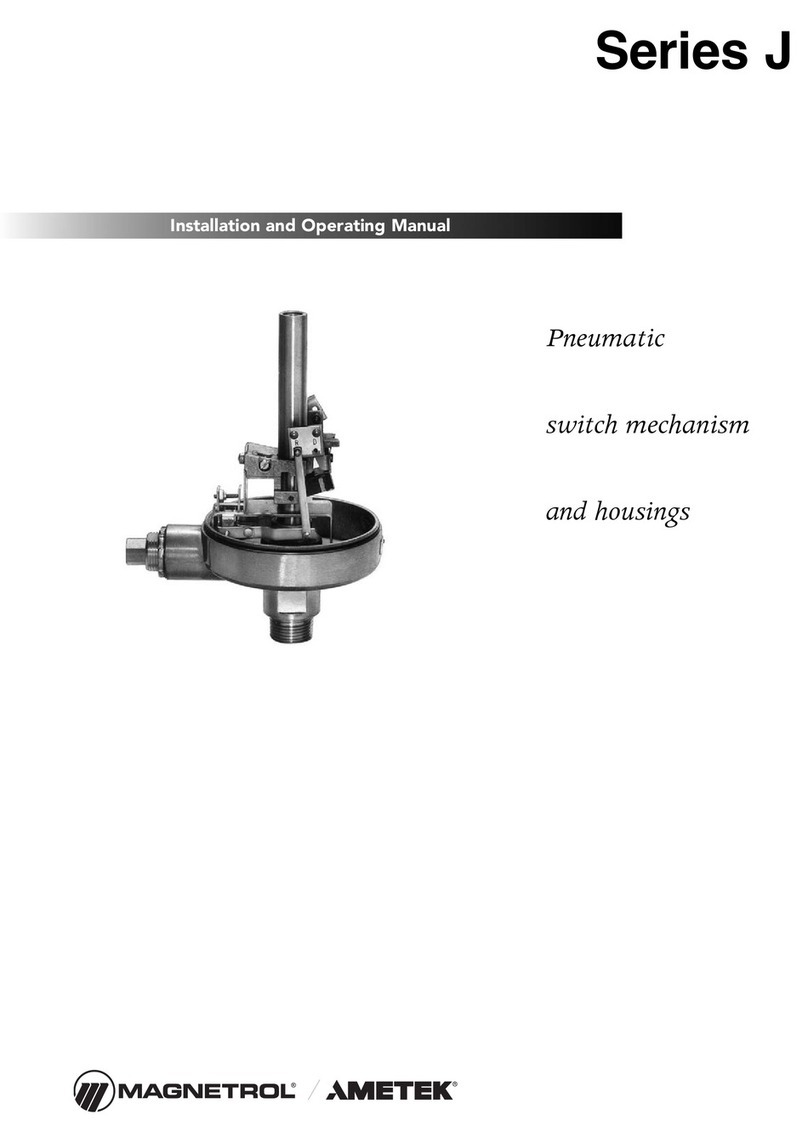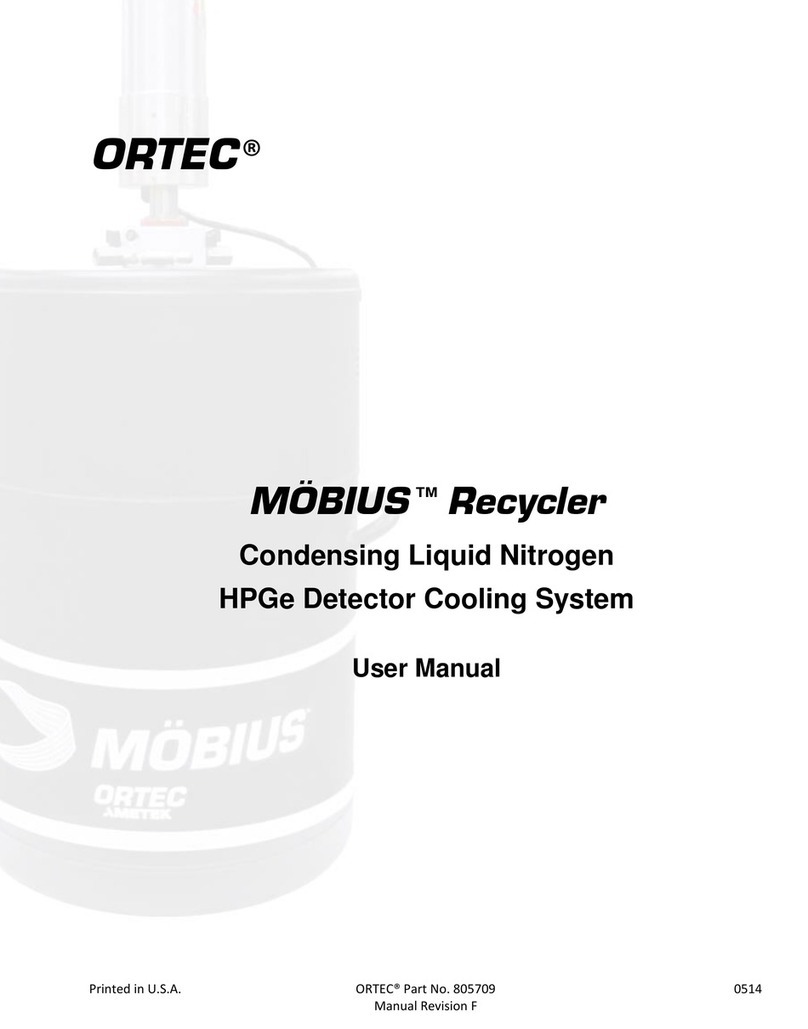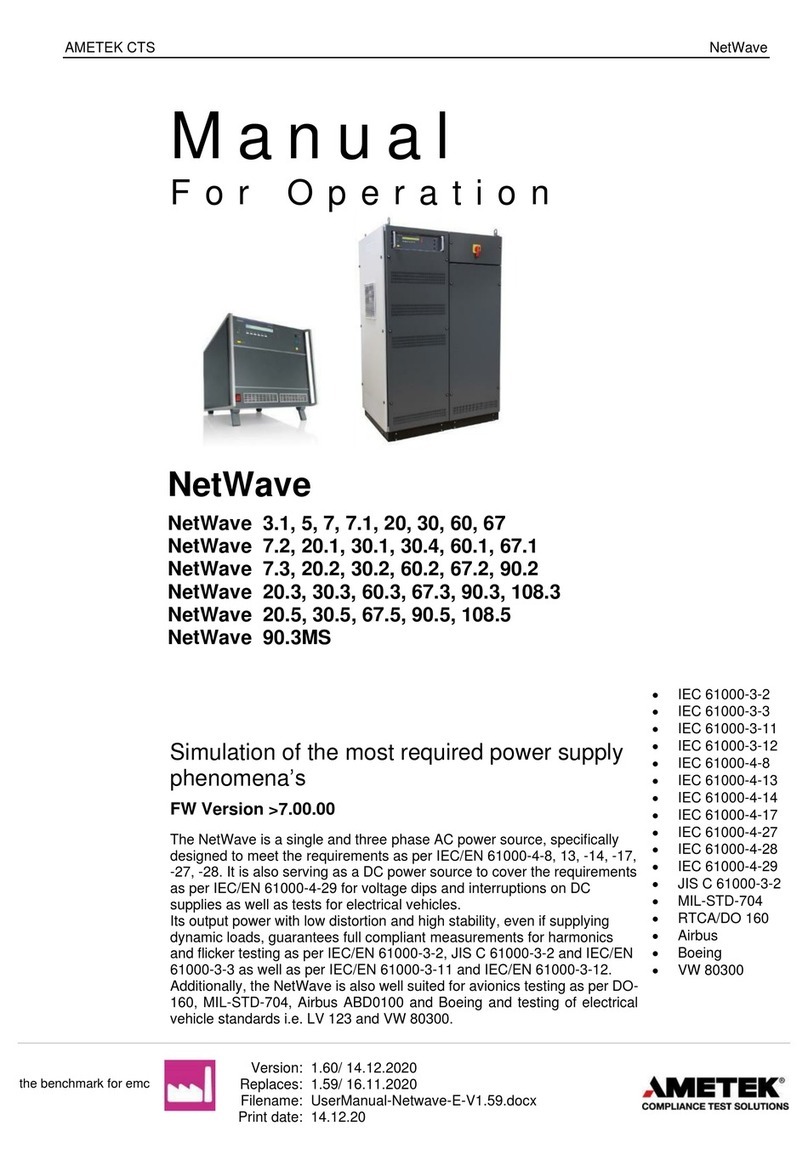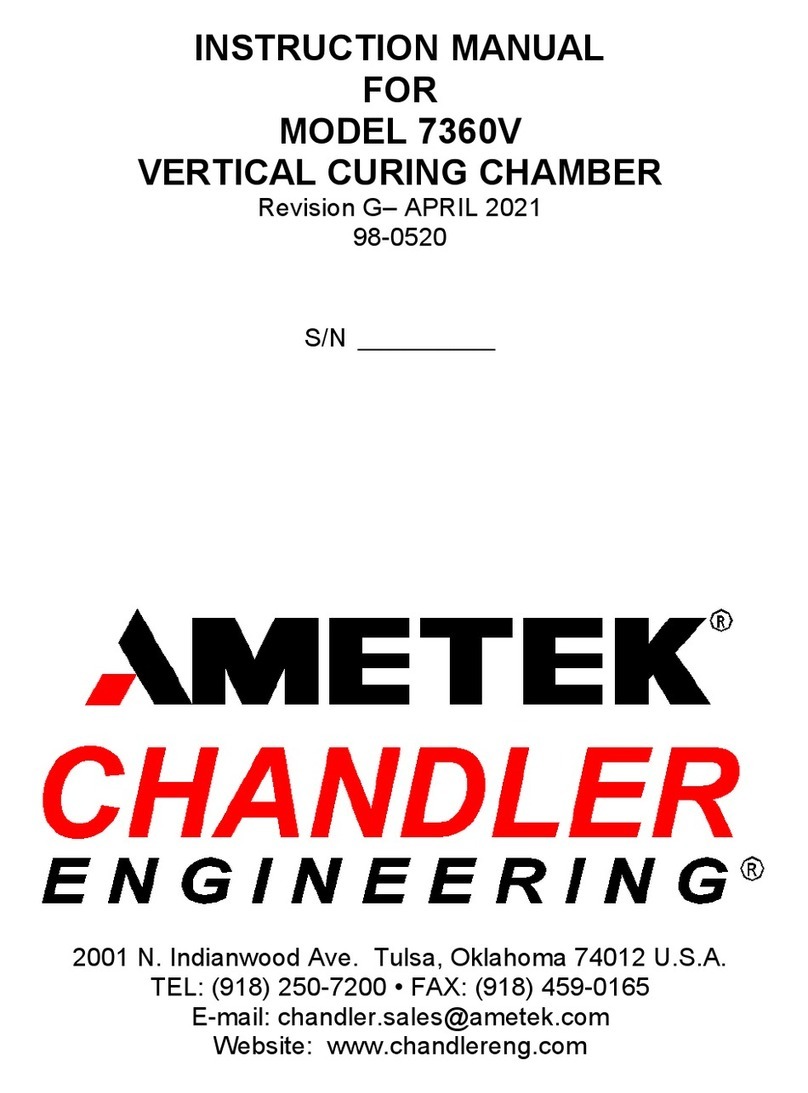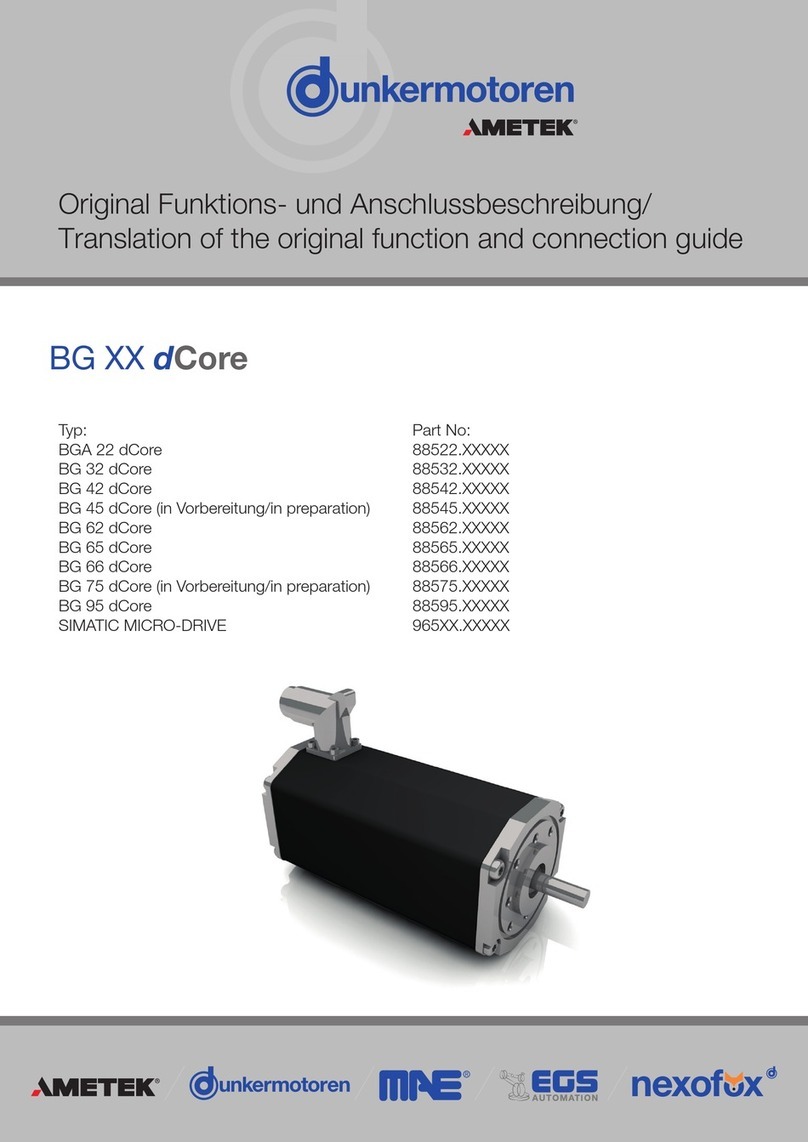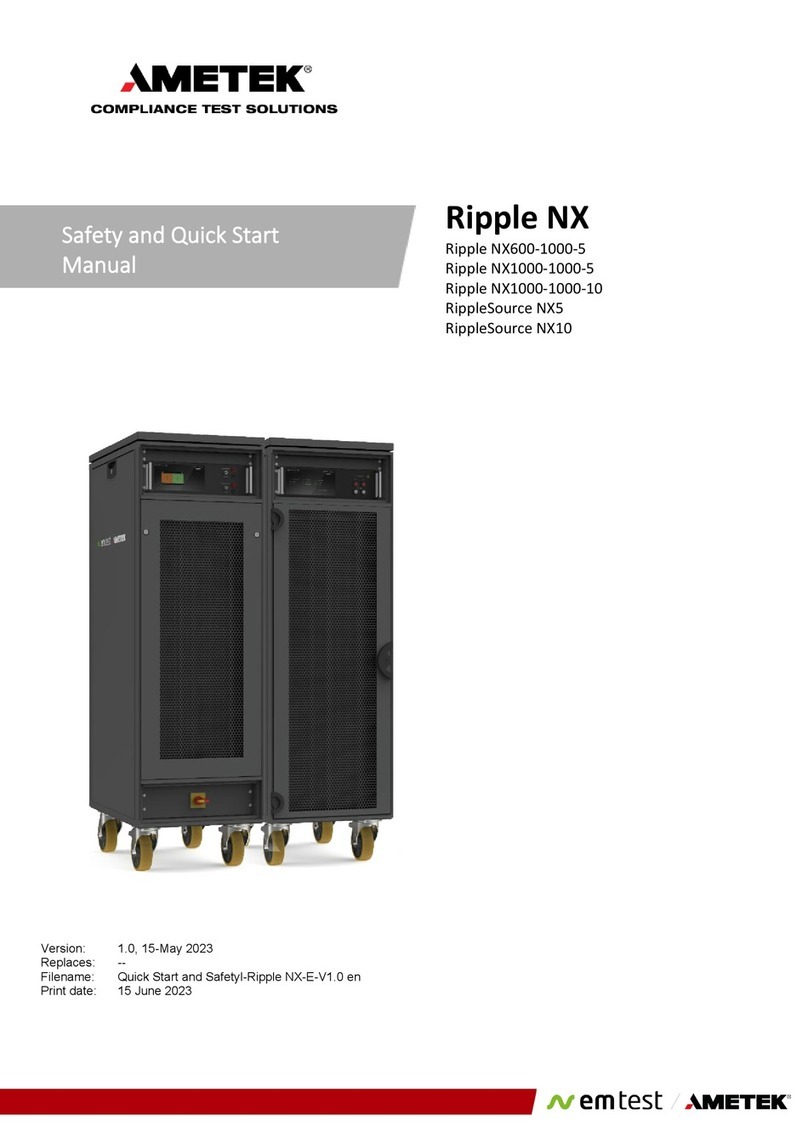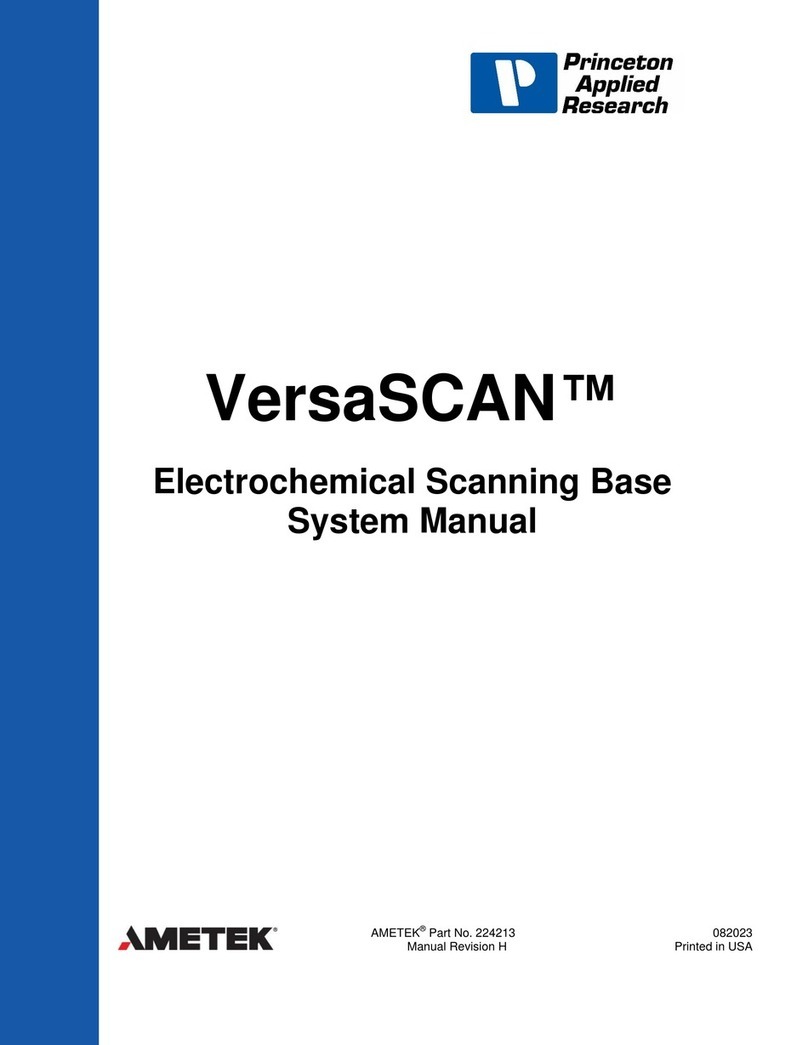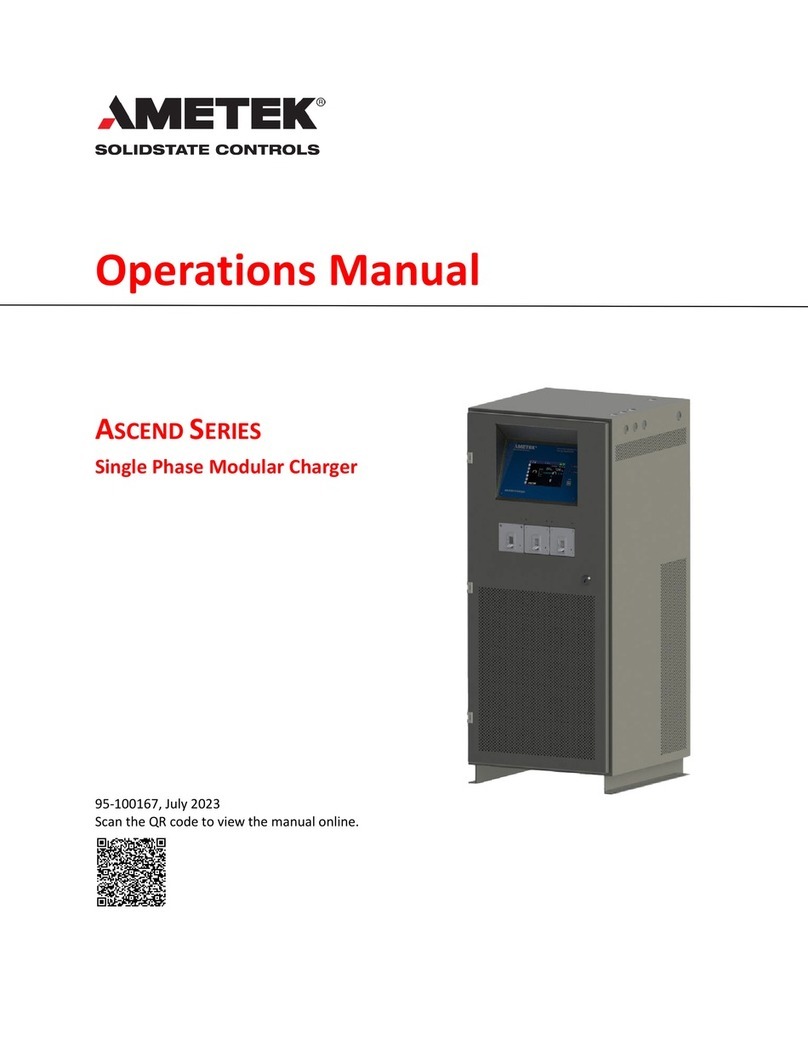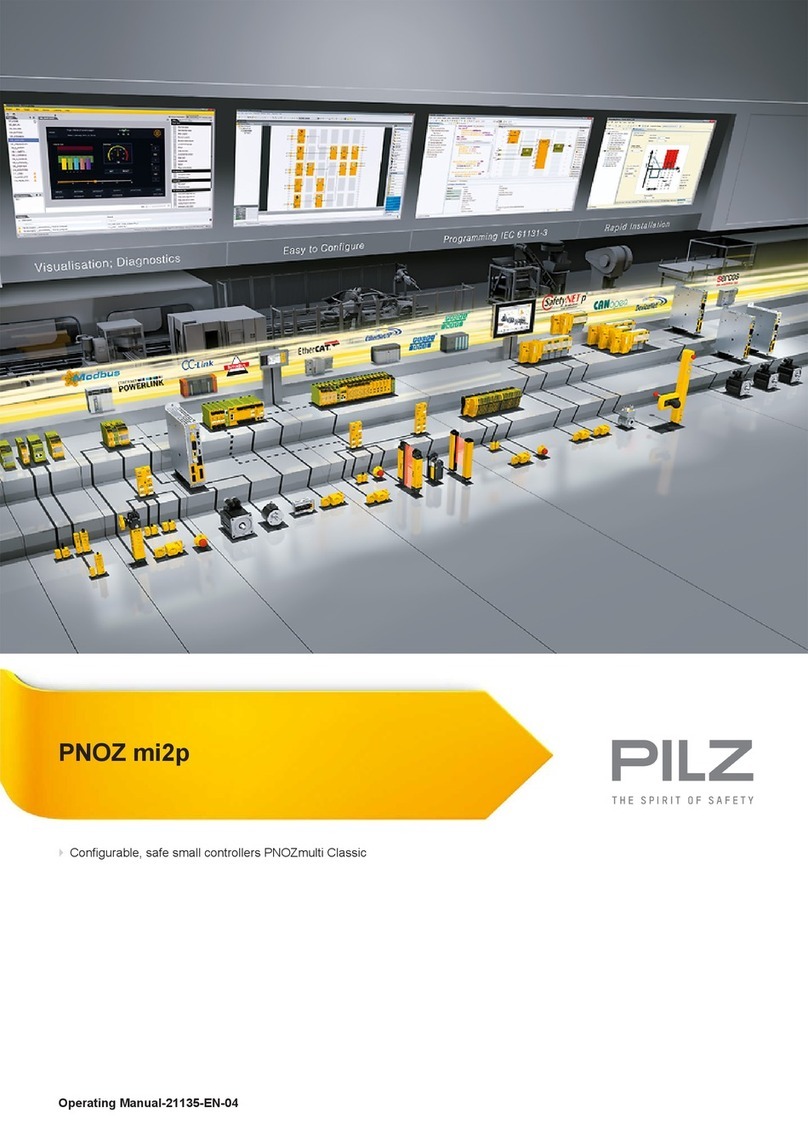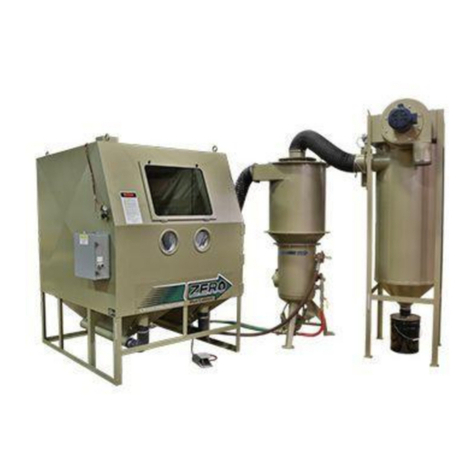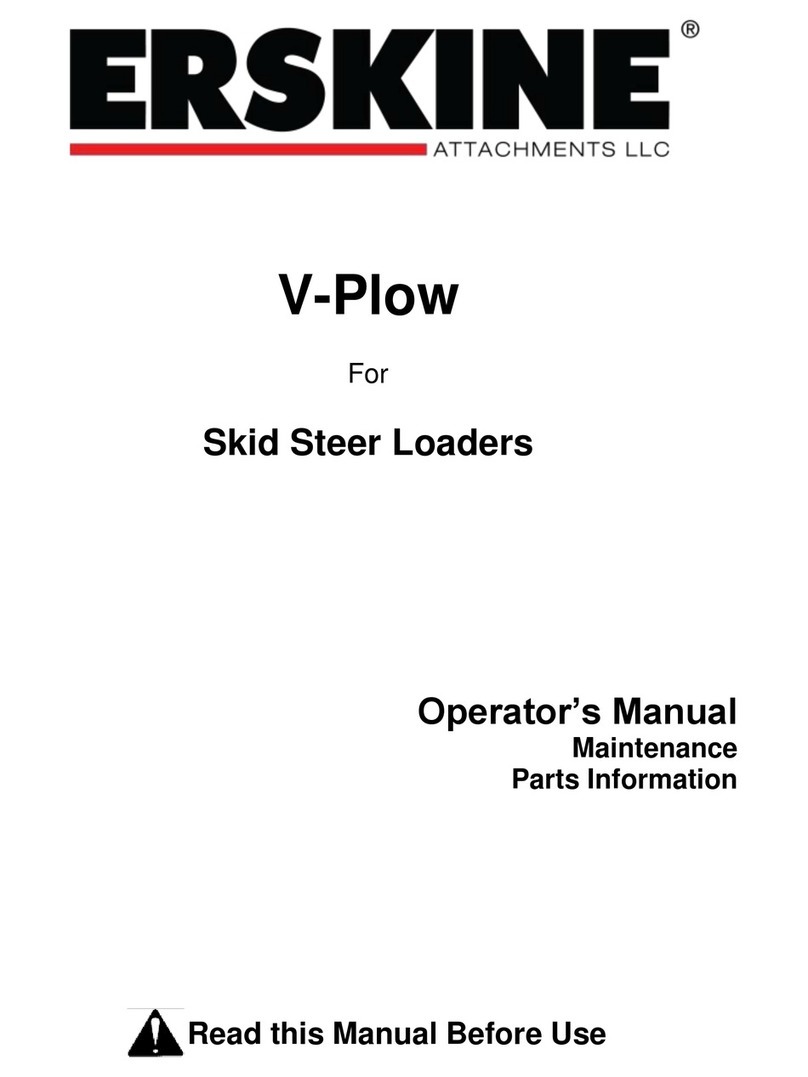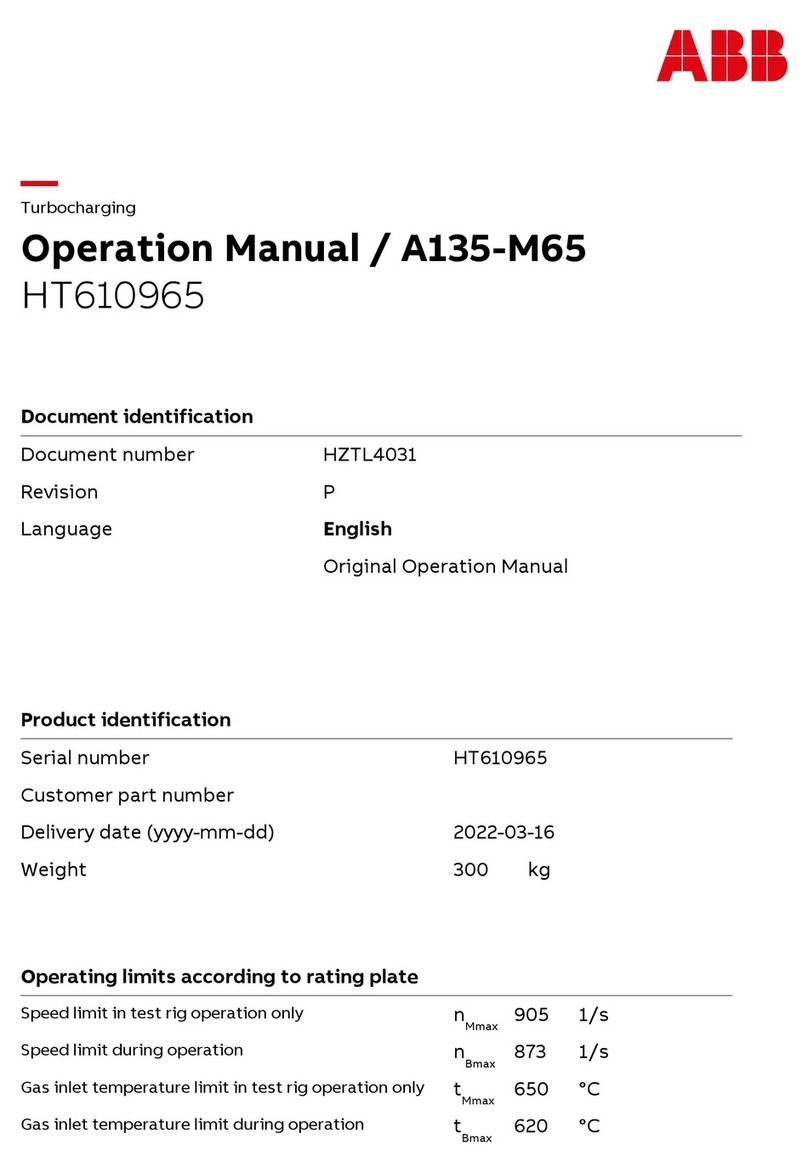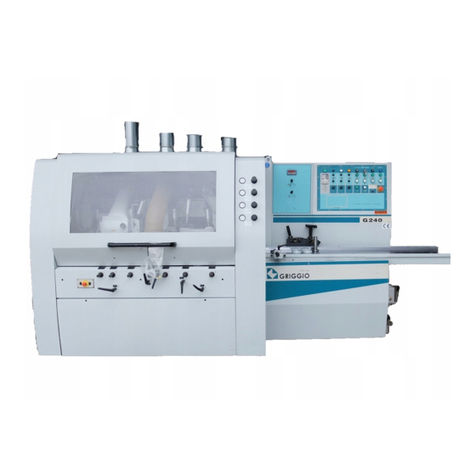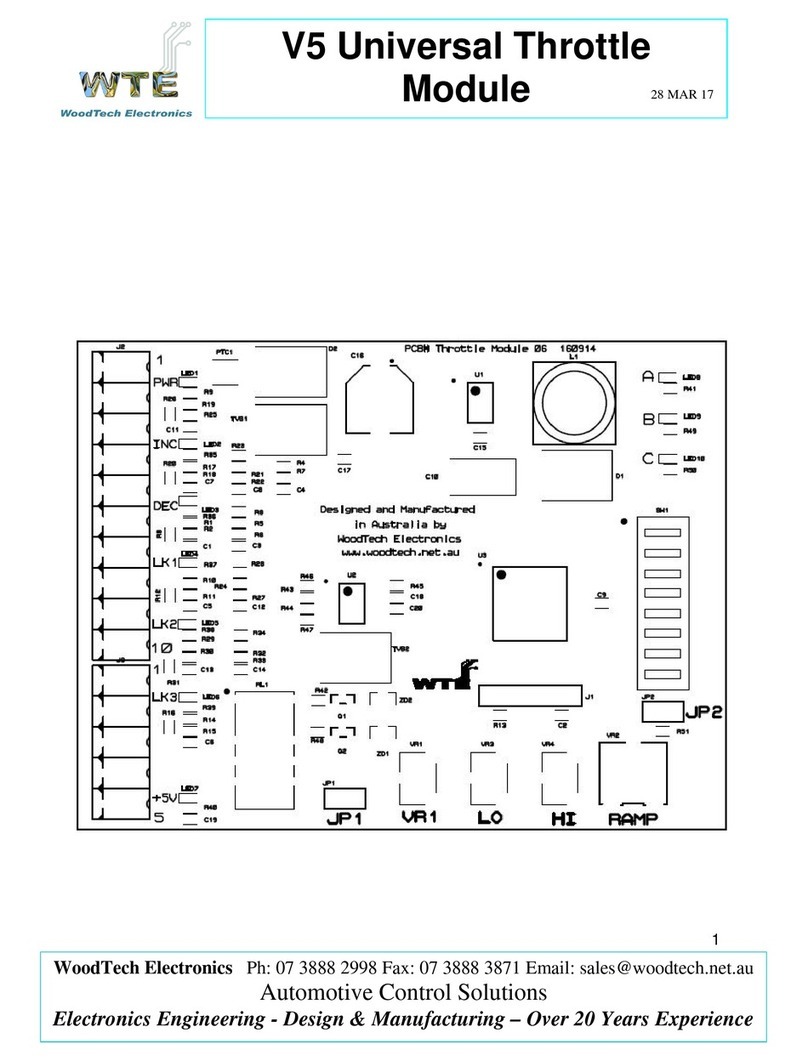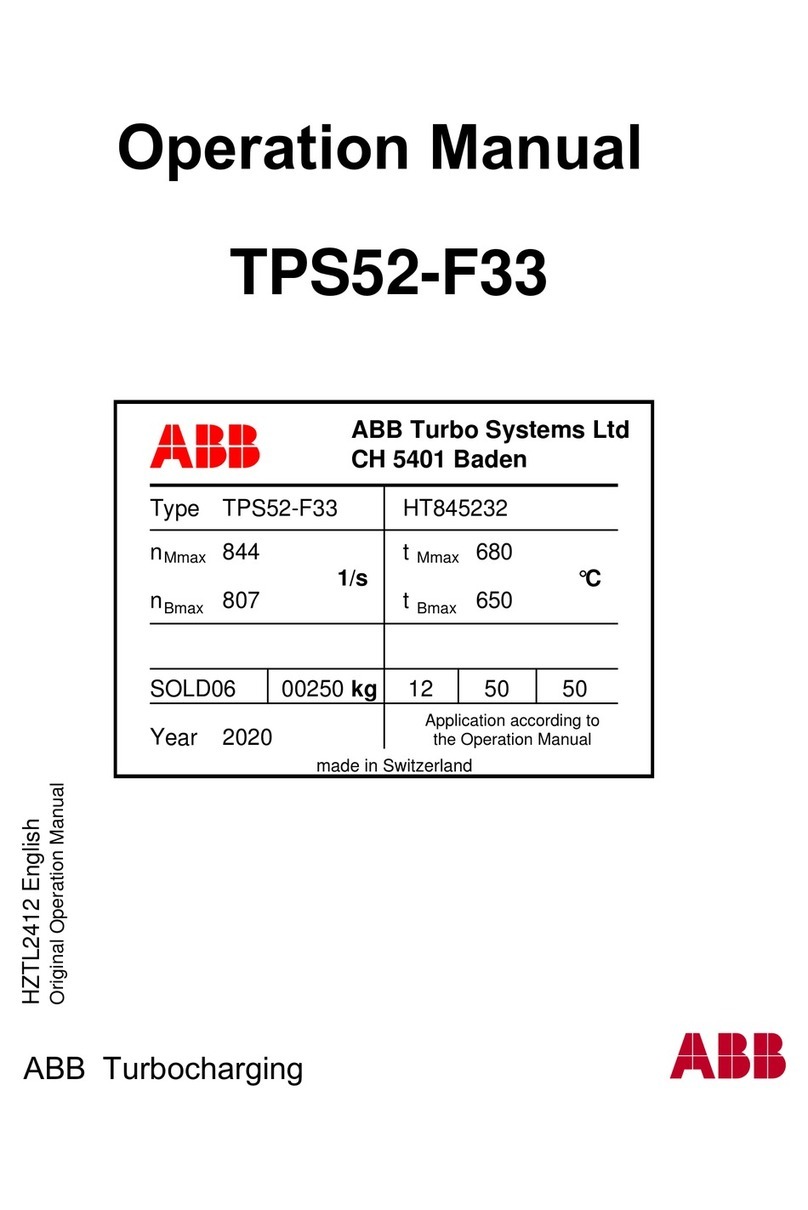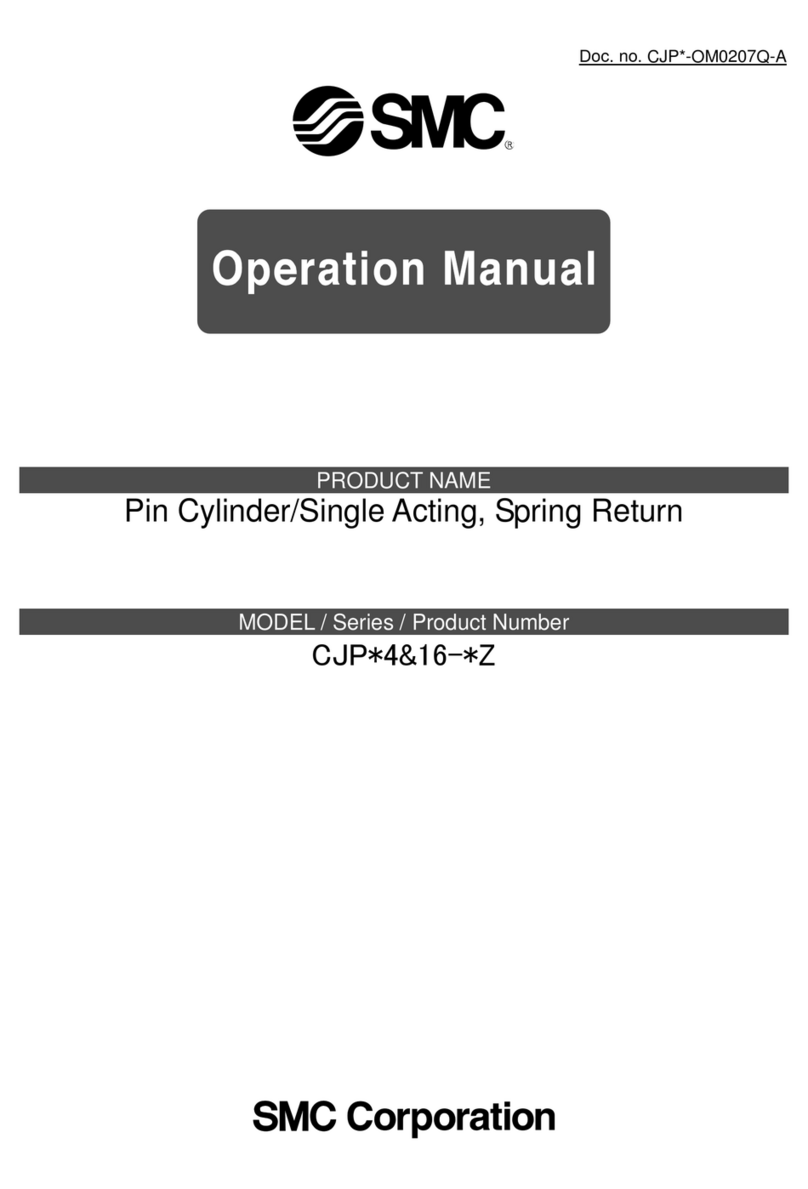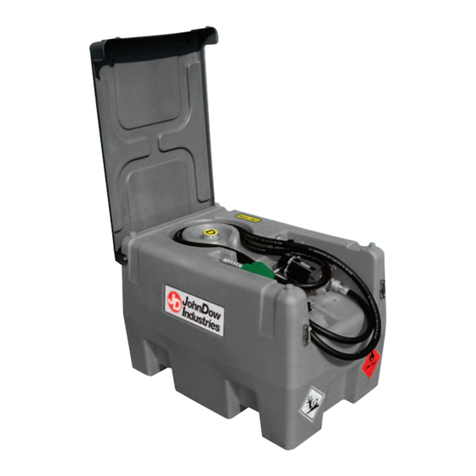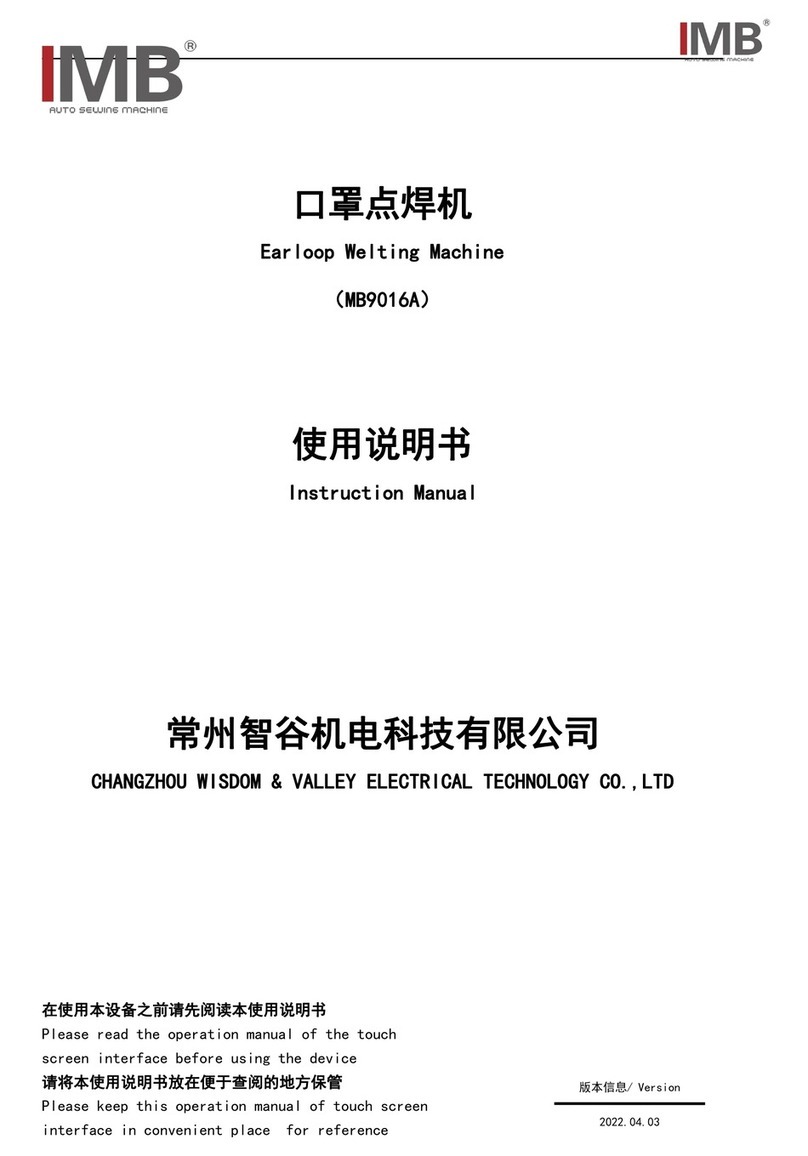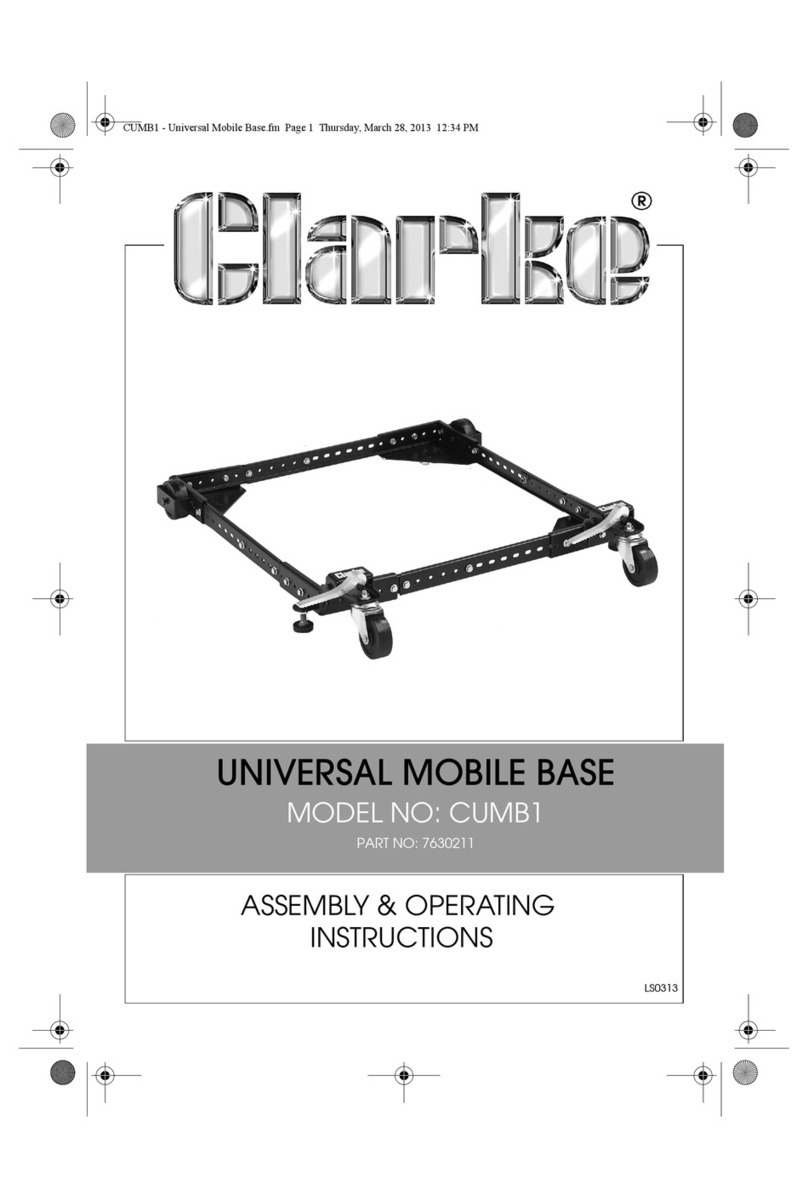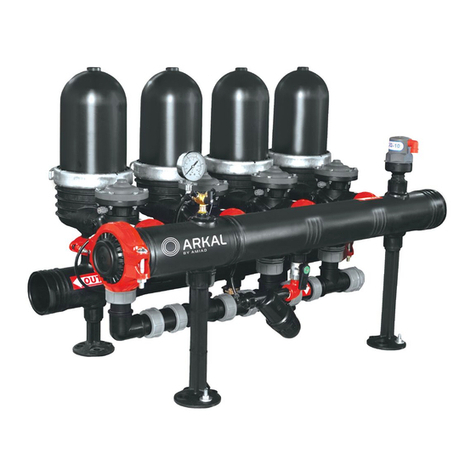
Installation & Maintenance Manualii
Contents
Chapter 1: Introduction/Description 1
1.1 Programmable Features ....................................................................................................... 1
1.2 General Information ............................................................................................................. 1
1. Controller Features and Functions ........................................................................................ 2
Chapter 2: Installation 3
2.1 Mechanical Installation .........................................................................................................
2.2 Electrical Installation ............................................................................................................ 4
2. Wiring Instructions ............................................................................................................... 4
Chapter 3: Programming 5
.1 Security Input ...................................................................................................................... 5
.2 Initialization .......................................................................................................................... 5
. Scale Factor ........................................................................................................................ 5
.4 Number of Outputs .............................................................................................................. 6
.5 Selecting Number of Outputs ............................................................................................... 6
.6 Multiprogram (Available Only on P Option Units) .............................................................. 6
.7 Setpoint Formula ................................................................................................................. 7
.8 Setpoints ............................................................................................................................. 8
.9 Clear an Existing Setpoint .................................................................................................. 10
.10 Clear All Setpoints ............................................................................................................ 10
.11 Setpoint Availability ........................................................................................................... 10
:12 Electronic Offset ............................................................................................................... 11
.1 Reset-to-Preset ................................................................................................................ 11
.14 Motion Detector ............................................................................................................... 12
.15 Power-Up in a Position or RPM ....................................................................................... 1
.16 Decimal Point Programming .............................................................................................. 1
.17 Enable/Disable Outputs ..................................................................................................... 14
.18 Linear Speed Offset (Available Only on Option P Units .................................................. 14
.19 Programming 1995 PLS for Linear Speed ......................................................................... 16
.20 Minimum Speed Disable ................................................................................................... 16
.21 Time-Based Outputs (Available Only on Option P Units) ................................................ 17
Chapter 4: Expansion Modules 1
Chapter 5: Fault Check 19
5.1 PLS Output Status on Fault Conditions ............................................................................... 20
www.comoso.com
